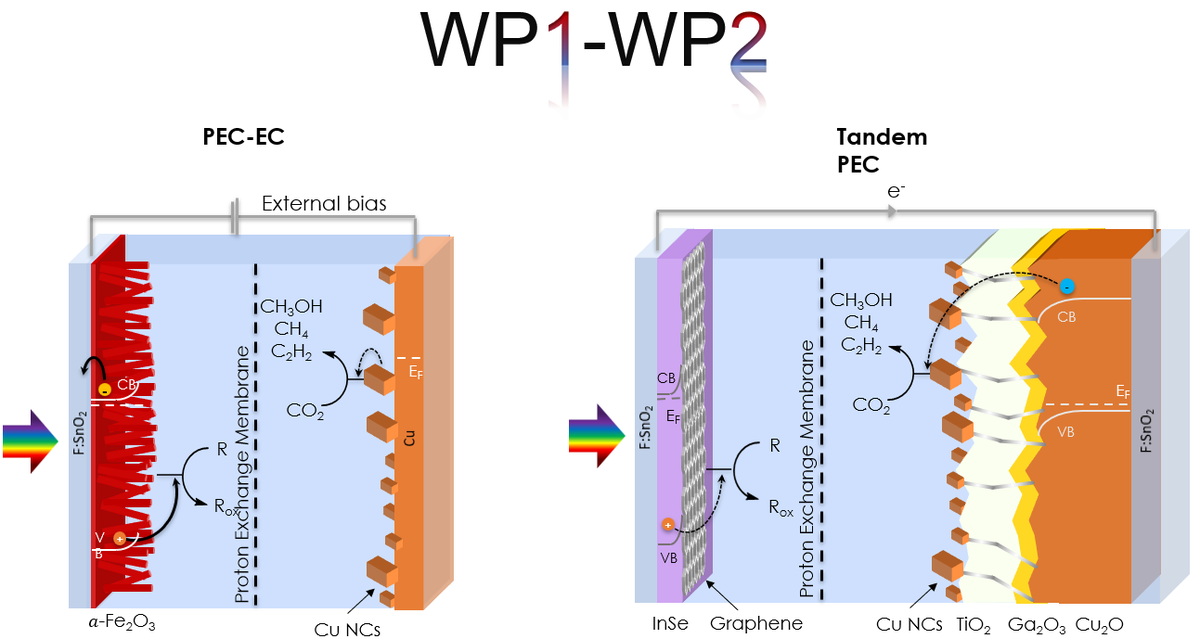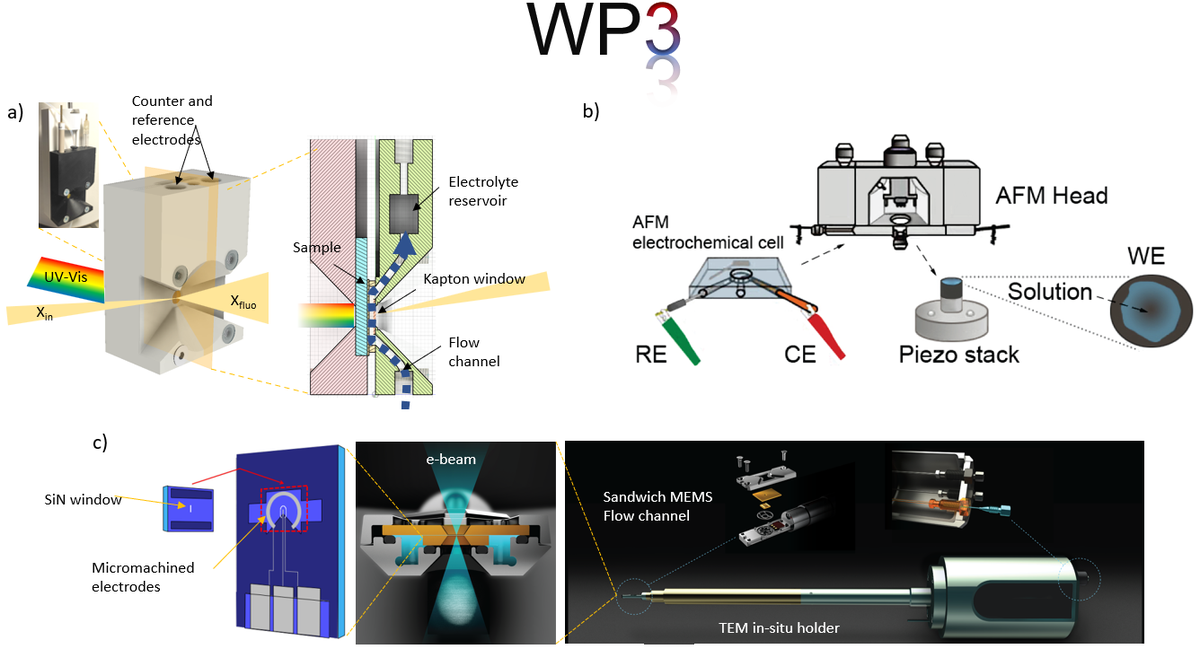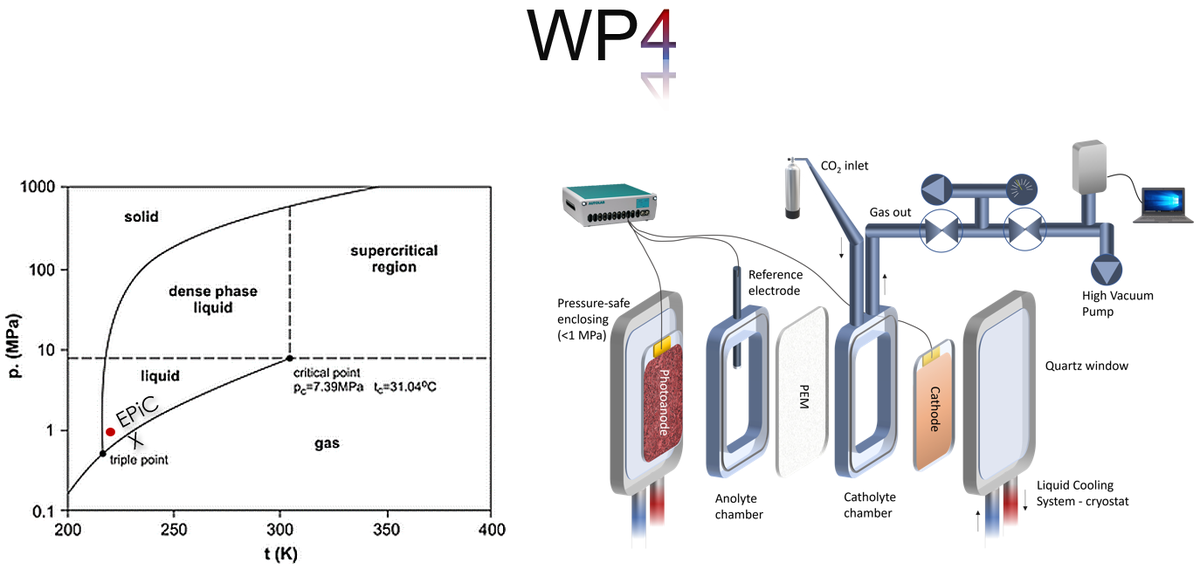Work Packages

WP1 - Design of CO2RR photoelectro- and electro-catalysts
The first and main objective is to develop efficient carbon dioxide reduction processes, exploiting either a photoelectrocatalytic or electrocatalytic approach. With the latter, in particular, several reduction products can be formed depending on the catalyst and the reaction conditions (e.g. electrochemical set-up, electrolyte, etc.), e.g. carbon monoxide, methane, formate, ethylene etc..
EPiCX will explore several approaches to produce highly efficient CO2RR cathodes based on Cu nanostructures and Cu-based alloys, providing the desired chemical output. This will be achieved by tailoring surface structure and composition through a combination of physical and chemical modification approache, with the specific aim to promote conversion to CO/H2 mixtures or C2+ species .
The electrocatalytic properties of the Cu nanocatalysts will be exploited to promote the desired reactions in a fully
photoelectrocatalytic approach, by coupling them with Cu2O photocathodes. Cuprous oxide represents the state of the art among
oxide semiconductor photocathodes for hydrogen evolution, but its activity towards photoelectrochemical CO2RR is rather
underinvestigated.
EPiCX's focus will be on the development of highly efficient Cu2O/Cu heterostructures, addressing the intrinsic stability issue affecting cuprous oxide by means of passivating oxide layers (TiO2, Ga2O3, Al:ZnO), and driving the reaction pathway towards C2+ species.
WP2 - Anodic compartment optimization
The use of photoanodes coupled to CO2RR aims at a reduction of the required external bias to drive the electrolysis process, minimizing the energetic impact of the cell. 2D materials show great promise thanks to their high specific surface area promoting adsorption of intermediate species, inherently short diffusion distances for photo-generated electrons and holes, and strong light absorption efficiency. Furthermore, assembling layers of 2D materials into heterostructures allows properties such as band structure and stability to be tailored.

